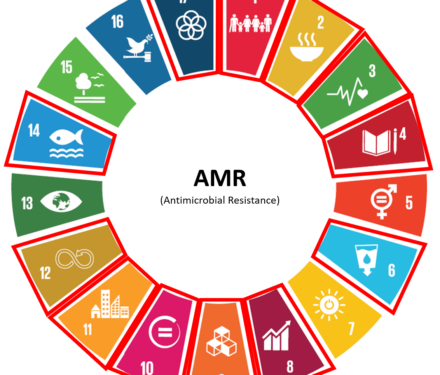Back to overview

The urgency of the AMR threat: some statistics
08.02.2021
- AMR has already claimed 400,000 European lives between 1999 and 2017.
- The most recent UN report states that drug-resistant infections already claim 700,000 lives a year (UN IACG, 2019).
- Resistant infections could kill 10 million people annually by 2050 and lead to an economic slowdown compared to the global financial crisis of 2008 (World Bank, 2016)
- The studies estimate that 300 million people are expected to die prematurely because of drug resistance over the next 35 years (UK AMR Review chaired by Lord Jim O’Neill, 2014)
- Drug-resistant infections are foreseen to cost the world more than the current global economy – the predicted amount is as high as $100 trillion (EUR 88 trillion) in lost output between now and 2050 (World Bank Group, 2016).
- The World Health Organization (WHO) states that infections due to multidrug-resistant bacteria cost the European Union (EU) alone more than EUR 1.5 billion per year in healthcare expenses and productivity losses (WHO, 2016).
- Although more than EUR 1 billion was invested in combating AMR, the threat is still increasing (ECDC, February 2019).
- Antimicrobial consumption will rise by 67% by 2030, and nearly double in Brazil, Russia, India, China, and South Africa. This rise is likely to be driven by the growth in consumer demand for livestock products in middle-income countries and a shift to large-scale farms where antimicrobials are used routinely (T.P. Van Boeckel, 2015, World Bank, 2017).
- An estimated 58,000 Indian babies die each year from antimicrobial resistance (The Lancet, 2016).
- Developing a new antibiotic can take over a decade and cost over €850 million (Drive-AB Report, 2018).
- Researchers predict that global demand for food will increase by 50 per cent by 2050, demand for animal products like meat and milk will double (Nature, 2020).
- Worldwide, an estimated 73% of antibiotics used in human medicine are also used in food-animal production, not only for treating sick animals but also for disease prevention and growth promotion (Cidrap, 2019).
- The use of antibiotics that the World Health Organization deems critically important for human health increased 91% worldwide and 165% in LMICs be-tween 2000 and 2015 (CDDEP, 2021).
- It is estimated that more than 30,000 women giving birth and 200,000 newborns die each year because of severe infections that are resistant to available drugs (WHO, 2017).



 Report
Report

